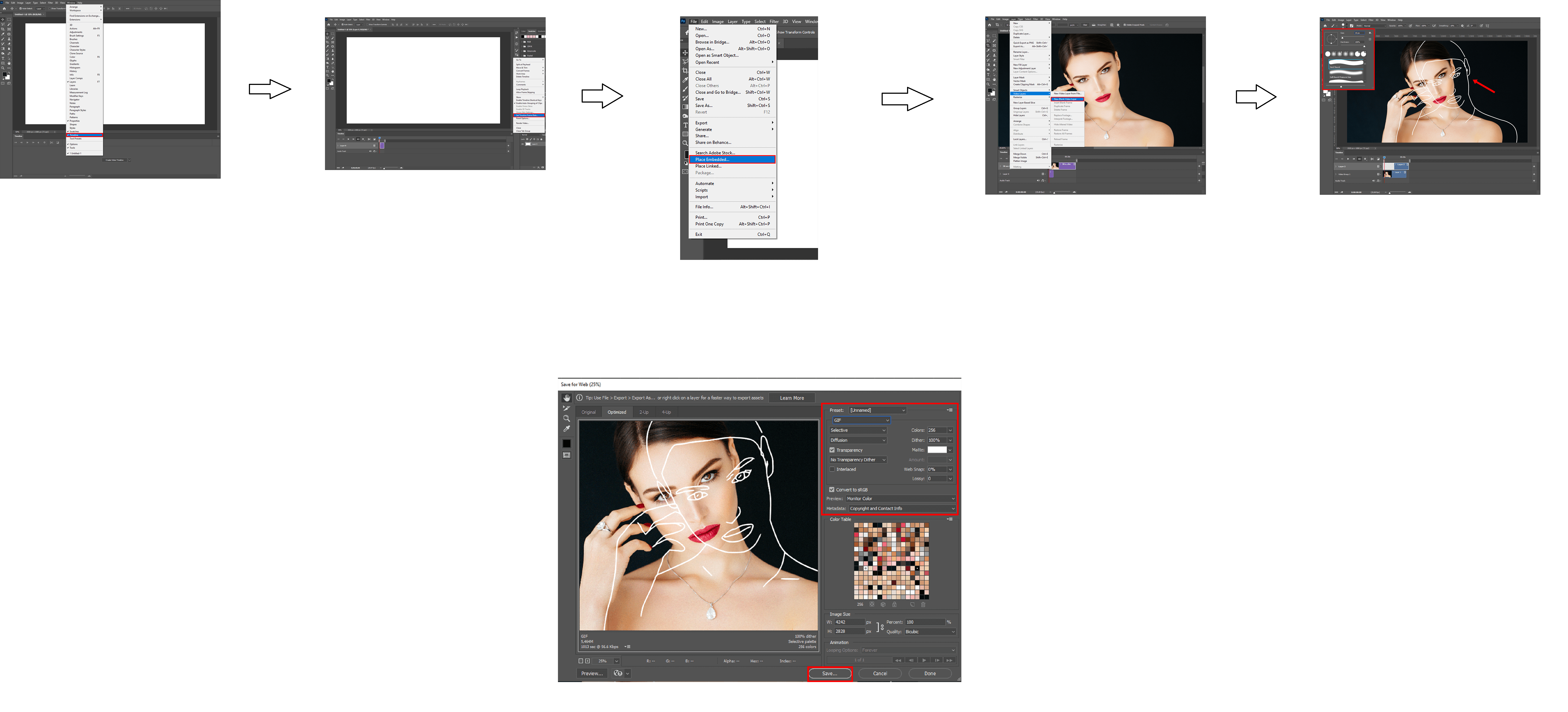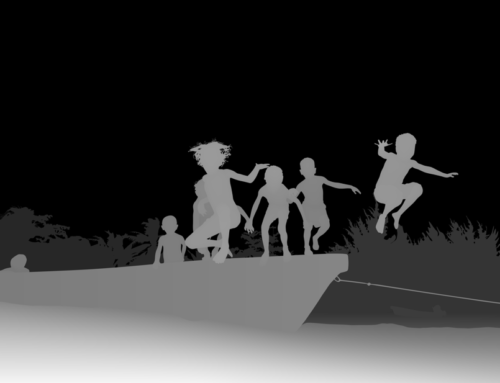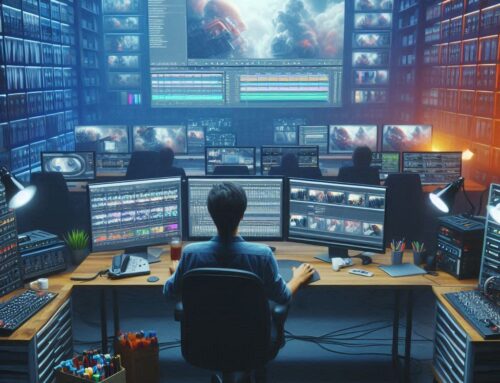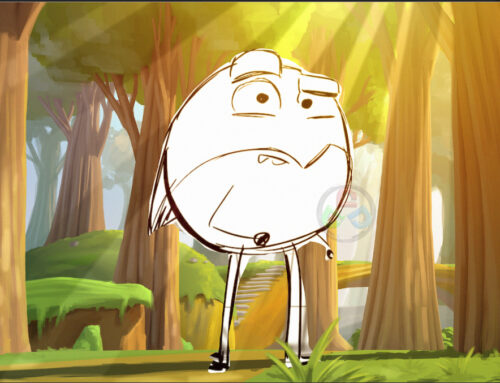Rotoscoping: A Comprehensive Guide to Mastering the Art
Rotoscoping, often referred to as ‘roto,’ is a fascinating animation technique that involves the meticulous process of tracing over live-action footage frame by frame. This intricate method has been instrumental in creating graphic assets for a wide range of projects, both animated and live-action. It’s a technique that dates back to 1915 when animator Max Fleischer pioneered it to bring more realism and fluidity to animations.
At 3D Services India, we recognize the significance of roto in the world of animation and visual effects. In this comprehensive guide, we will delve into the world of rotoscoping, exploring its history, applications, and the steps involved in mastering this art form.
The Birth of Rotoscope
Max Fleischer‘s invention of rotoscoping revolutionized animation by speeding up the labor-intensive process of hand-drawing everyframe. In a stroke of creative genius, Max filmed his brother Dave dressed as “Koko the Clown,” resulting in the birth of the first rotoscoped cartoon character. This technique not only expedited animation but also enabled filmmakers to introduce complex animation scenes and characters into live-action films.
Types of Rotoscoping
Over the years, rotoscoping has found diverse applications in the film industry. It has been used for visual effects, creating mattes or masks for specific elements, extracting characters or objects from one scene to place them in another, and even re-coloring elements. This versatile technique empowers filmmakers to bring to life scenes that would otherwise be difficult, expensive, or even impossible.
A notable example of rotoscope animation in action is George Lucas’ 1977 space opera, “Star Wars: Episode IV – A New Hope.” Visual effects rotoscoping was instrumental in creating the iconic lightsaber with its laser-like effect. The technique continued to play a pivotal role in subsequent Star Wars films, from 1983’s “Return of the Jedi” to 2019’s “The Rise of Skywalker.”
Rotoscoping for Reference
Walt Disney brought his unique interpretation of roto to his company, using live-action footage to capture the essence of characters’ movements. This approach can be seen in classics like “Snow White and the Seven Dwarfs,” where dancing sequences and Prince Charming’s movements were rotoscoped from live-action references. Moreover, to save time and resources, Disney artists repurposed certain scenes from previous animations to create films like “Robin Hood.”
Partial Rotoscoping
In the ever-evolving world of animation and VFX, artists often adopt their variations of rotoscoping. When animating human-like characters, for instance, artists may incorporate tracings from live-action footage while infusing their unique artistic style. This combination allows for more convincing movements while maintaining the distinctive characteristics of animated characters.
How to Rotoscope

Now that we’ve explored the essence of rotoscoping, it’s time to embark on your own roto journey. The specific steps can vary depending on the software and project you’re working on, but here’s a general roadmap to follow:
1. Shoot and Study the Reference Film: Before diving into rotoscoping, capture the footage you want to use for reference. Pay attention to the elements, their movements, and any changes in direction as the scene unfolds.
2. Pick the Right Tools and Software: Select the software that aligns with your project’s requirements. Some popular choices include Adobe After Effects, Adobe Photoshop, Fusion 9, Silhouette FX, Imagineer’s Mocha, Nuke by Foundry, Autodesk Combustion, and Blender. We have picked out best roto software for you.
3. Trace the Reference Film: Using your chosen software, meticulously trace the movements or expressions you intend to rotoscope. Pay close attention to detail, using as few control points as necessary for smooth outlines.
4. Add Finishing Touches and Additional Elements: Enhance your rotoscoped animation by adding color, texture, and any necessary background elements. Different software options offer various tools for this purpose.
The Timeless Appeal of Rotoscope
Rotoscoping, a technique with a history spanning over a century, continues to play a pivotal role in modern filmmaking. Its ability to seamlessly blend animation and live-action elements has solidified its place in the industry. As you embark on your own journey, consider applying your skills at the Nashville Film Institute (NFI) or exploring the intricacies of the filmmaking process through NFI’s summer camp.
In conclusion, mastering the art of rotoscoping opens up a world of creative possibilities, making it a valuable skill for anyone passionate about animation and visual effects. Explore the endless potential of roto and unleash your creativity in the world of filmmaking.



